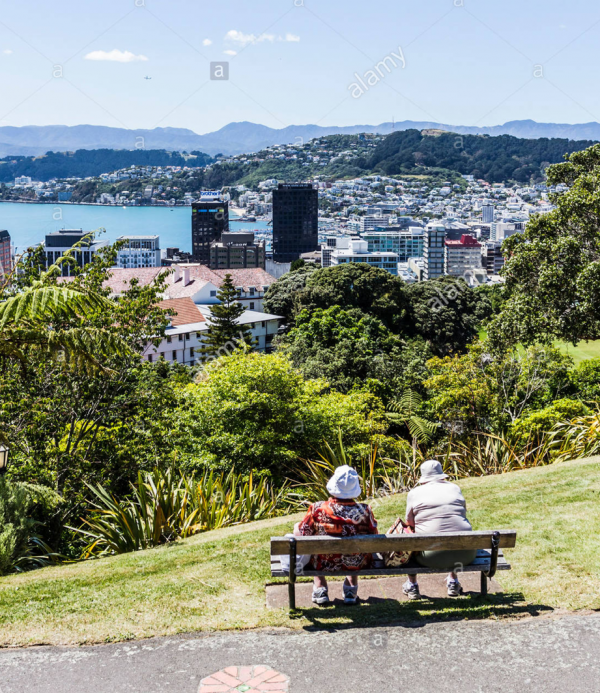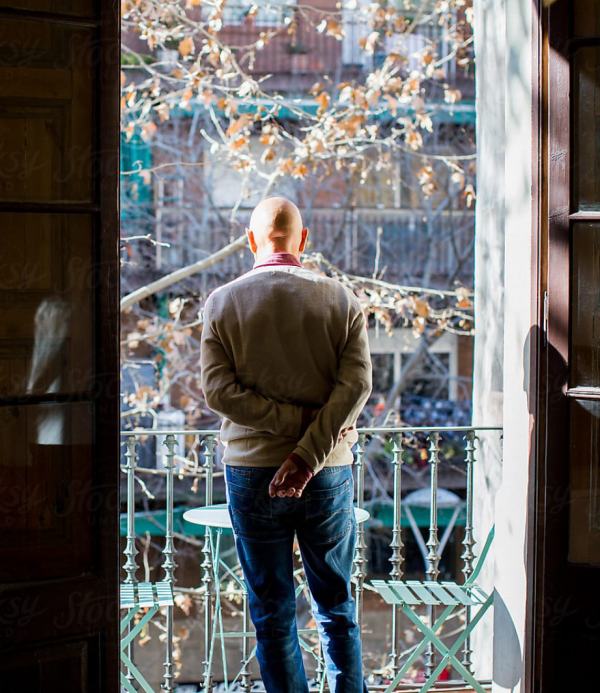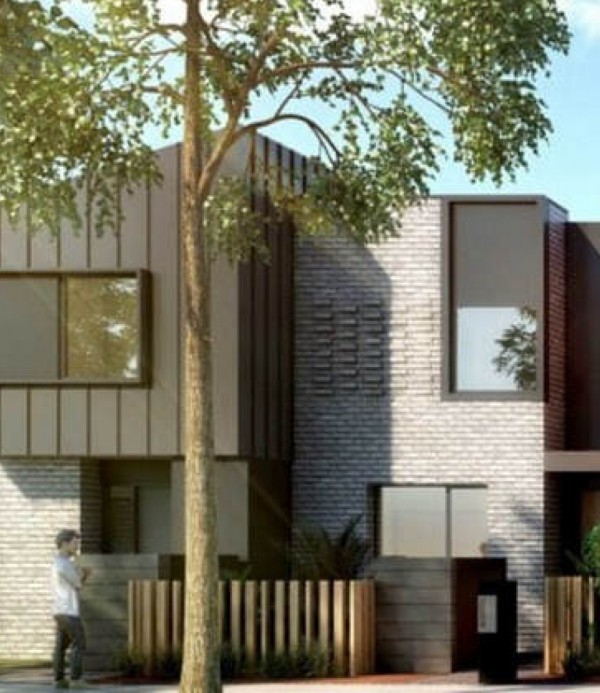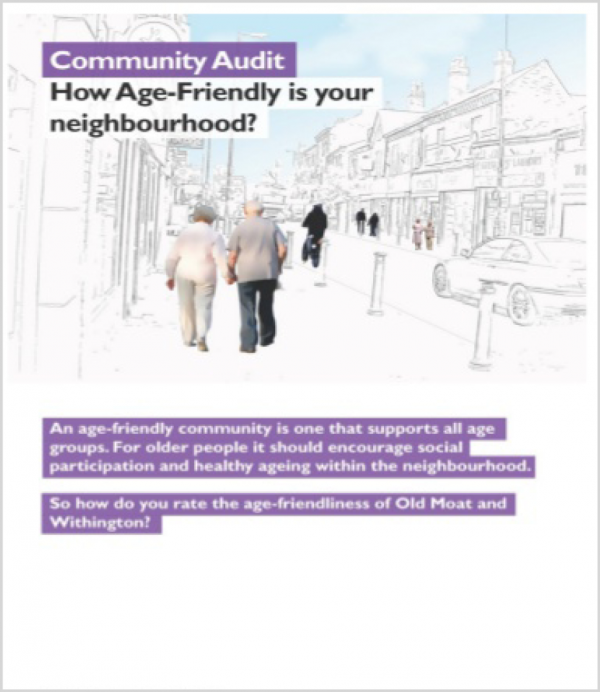Community connections
Ngā tūhono hapori
Design new urban developments in a way that enables older people to stay active and present in their communities.
Provide opportunities to stay active
Kia whai angitūtanga ki te korikori tinana
Many people are active for most of their lives and at older ages have more time to contribute to public life and their own pursuits.
Enabling older people to participate and be included in the community has benefits for everyone. Consider how they can be involved in areas like:
- parks and community space
- schools and younger play spaces
- sports grounds and other places of activity
Design tips
Hei whakaaro whakahoahoa
- Co-design open spaces to create opportunities for activity, such as walking loops and informal exercise spaces. Make spaces flexible so that they can be adapted for different activities. For example, consider installing seating that can be moved to create space for 'pop-up' events, markets, concerts, sports and other gatherings.
- Design active sports environments to enable older people to be present – for example, include seats, shade, and shelter. Ensure there is good visual proximity and views orientated towards activity.
- Partner with older people and undertake community audits to understand how age friendly neighbourhoods are. Consider developing a citizen science project, or other creative ways to engage the community in this work. For more information, see our Age friendly toolkit.
- Include older people in urban planning processes to bring their perspectives to spatial planning. Ensure that your engagement reflects the diversity of the community and seek out the voices of different groups, including Māori, Pacific people, disabled people, people living in social housing, and migrants.
Ensure services are accessible
Kia āhei ai ngā ratonga te tomo
Support services, such as community, health and education services, should be distributed within neighbourhoods so they're easy to get to. This improves people's access to these services, and provides networks of familiarity with local providers. It also limits the need to travel long distances to get to essential services.
Design Tips
Hei whakaaro whakahoahoa
- Plan spaces for health services, community facilities and other community support providers in new urban growth areas. Consider how these services will be accessed in relation to public transport nodes.
- When developing housing, include landmarks and character elements in the neighbourhood that will support wayfinding and build familiarity.
Help older people be present
Āwhina te hunga kaumatua kia puta ki te hapori
Enabling people to be more present within their community means that they can form social connections beyond family groups and be part of public life. This is especially important for those living alone.
Presence may be enabled by a well-placed seat, or a living space that looks to the street without a high fence in between.
Design tips
Hei whakaaro whakahoahoa
- Locate housing for older people in places where there are good levels of visual and physical connection to shared or public spaces.
- Create neighbourhood spaces that encourage social interaction, for example small parks, walkways and paths.
- Create public spaces and meeting places for older people to mix with people of all generations. Make these spaces attractive and accessible to all.

Provide seating that assists presence and at visual interest points.

Visual connection from house to street.

Good levels of visual connection to street from houses assists presence.

Audit of Age Friendly-ness – Manchester